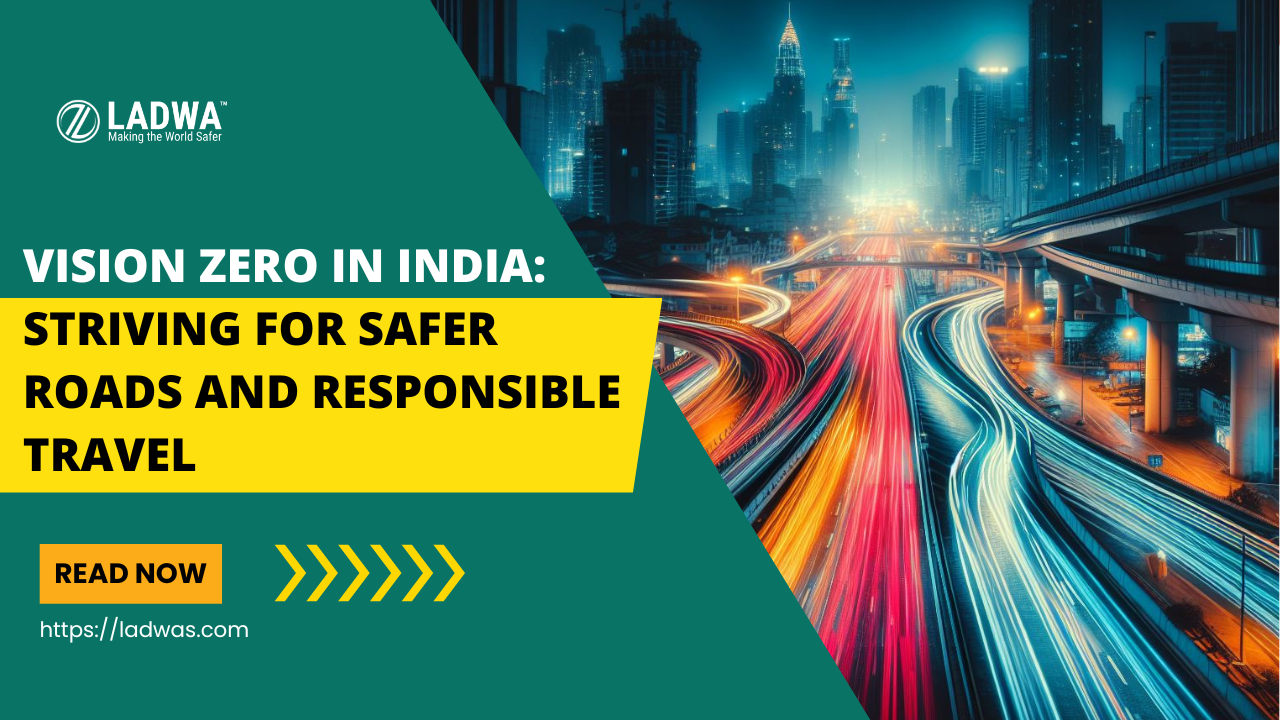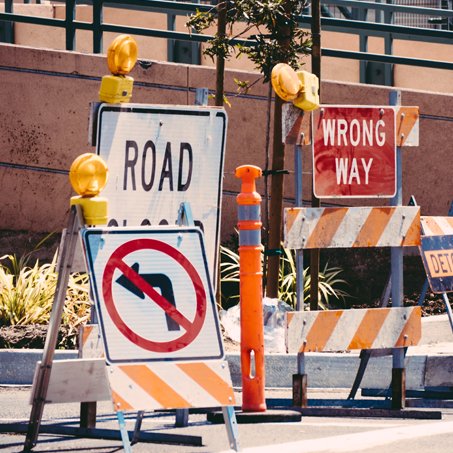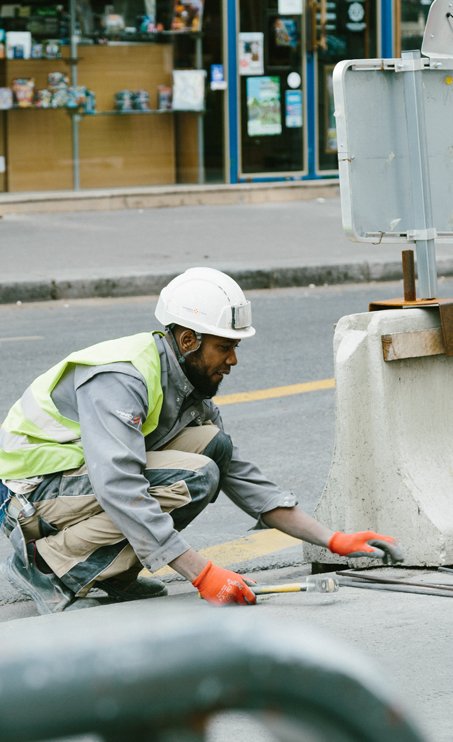Introduction:-
Every life lost on the road is a tragedy, a preventable one. This is the core principle behind Vision Zero, a bold and ambitious goal of achieving zero road fatalities and serious injuries.
While the road may seem long, India has already begun its journey towards Vision Zero, with several countries leading the charge. Let’s delve into the inspiring stories of these trailblazers and explore how we can collectively pave the way for a safer future on Indian roads.
Vision Zero is a strategy to eliminate all traffic fatalities and severe injuries while increasing safe, healthy, and equitable mobility for all. First implemented in Sweden in the 1990s, Vision Zero has proved successful across Europe — and now it’s gaining momentum in major American cities.
The Problem
Each year, more than 42,000 people — the population of a small city — are needlessly killed on American streets and thousands more are injured. We call this suffering traffic “accidents” — but, in reality, we have the power to prevent traffic collisions.
For too long, we’ve considered traffic deaths and severe injuries to be inevitable side effects of modern life. While often referred to as “accidents,” the reality is that we can prevent these tragedies by taking a proactive, preventative approach that prioritizes traffic safety as a public health issue.
The significant loss of life exacts a tragic toll, extending beyond personal loss to deep community impacts, including personal economic costs and emotional trauma to those suffering; and significant taxpayer spending on emergency response and long-term healthcare costs. And because so many fear for their safety on our streets, there is no true freedom of mobility, and, as a result, we compromise our public health with increasing rates of sedentary diseases and higher carbon emissions.
Vision Zero is a significant departure from the status quo in two major ways
Vision Zero recognizes that people will sometimes make mistakes, so the road safety system and related policies should be designed to ensure those inevitable mistakes do not result in severe injuries or fatalities.
This means that system designers and policymakers are expected to improve the roadway environment, policies (such as speed management), and other related systems to lessen the severity of crashes. Vision Zero is a multidisciplinary approach, bringing together diverse and necessary stakeholders to address this complex problem.
In the past, meaningful, cross-disciplinary collaboration among local traffic planners and engineers, policymakers, and public health professionals has not been the norm. Vision Zero acknowledges that many factors contribute to safe mobility — including roadway design, speeds, behaviors, technology, and policies — and sets clear goals to achieve the shared goal of zero fatalities and severe injuries.
Vision Zero is not a slogan, not a tagline, not even just a program. It is a fundamentally different way to approach traffic safety.
Communities that want to succeed at Vision Zero need to acknowledge that business as usual is not enough and that systemic changes are needed to make meaningful progress.
Committing to Vision Zero will take the following strategies
- Building and sustaining leadership, collaboration, and accountability – especially among a diverse group of stakeholders to include transportation professionals, policymakers, public health officials, police, and community members;
- Collecting, analyzing, and using data to understand trends and potential disproportionate impacts of traffic deaths on certain populations;
- Prioritizing equity and community engagement;
- Managing speed to safe levels; and
- Setting a timeline to achieve zero traffic deaths and serious injuries, which brings urgency and accountability, and ensuring transparency on progress and challenges.
Reaching Vision Zero: Analysis Shows it’s Achievable
No one is saying it will be quick or easy. But, no one should say it’s impossible or pointless. Zero traffic deaths is achievable and, for the most part, we know how to do it.
In a National Briefing with more than 600 people on March 31, 2021, the case was made that achieving Zero Traffic Deaths in the U.S. by 2050 is achievable.
Vision Zero is not just an aspiration; it’s a call to action. By learning from the experiences of others and tailoring solutions to our unique context, we can create a future where every journey is a safe one. Let’s engage in open dialogue, share best practices, and work together to make Vision Zero a reality for India.










